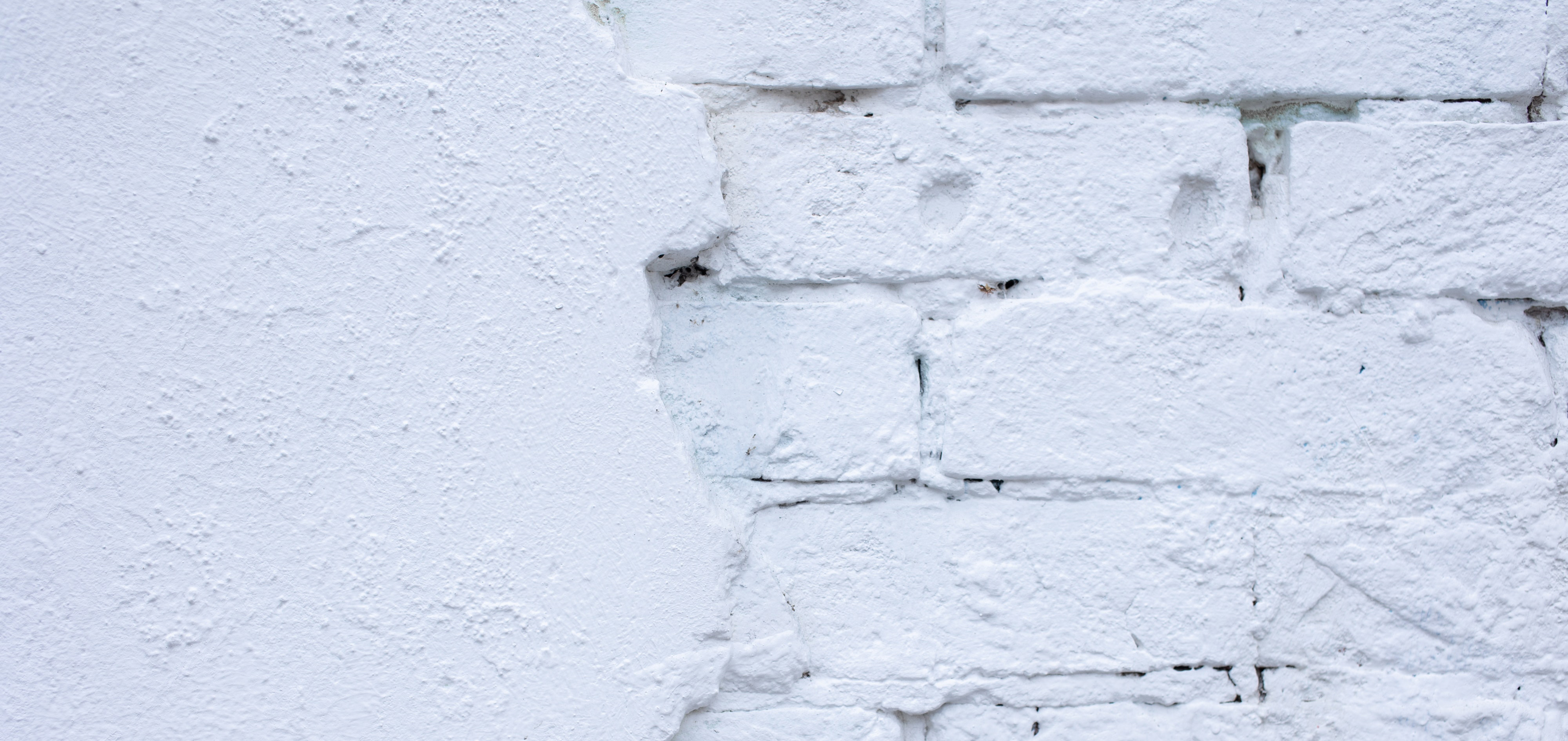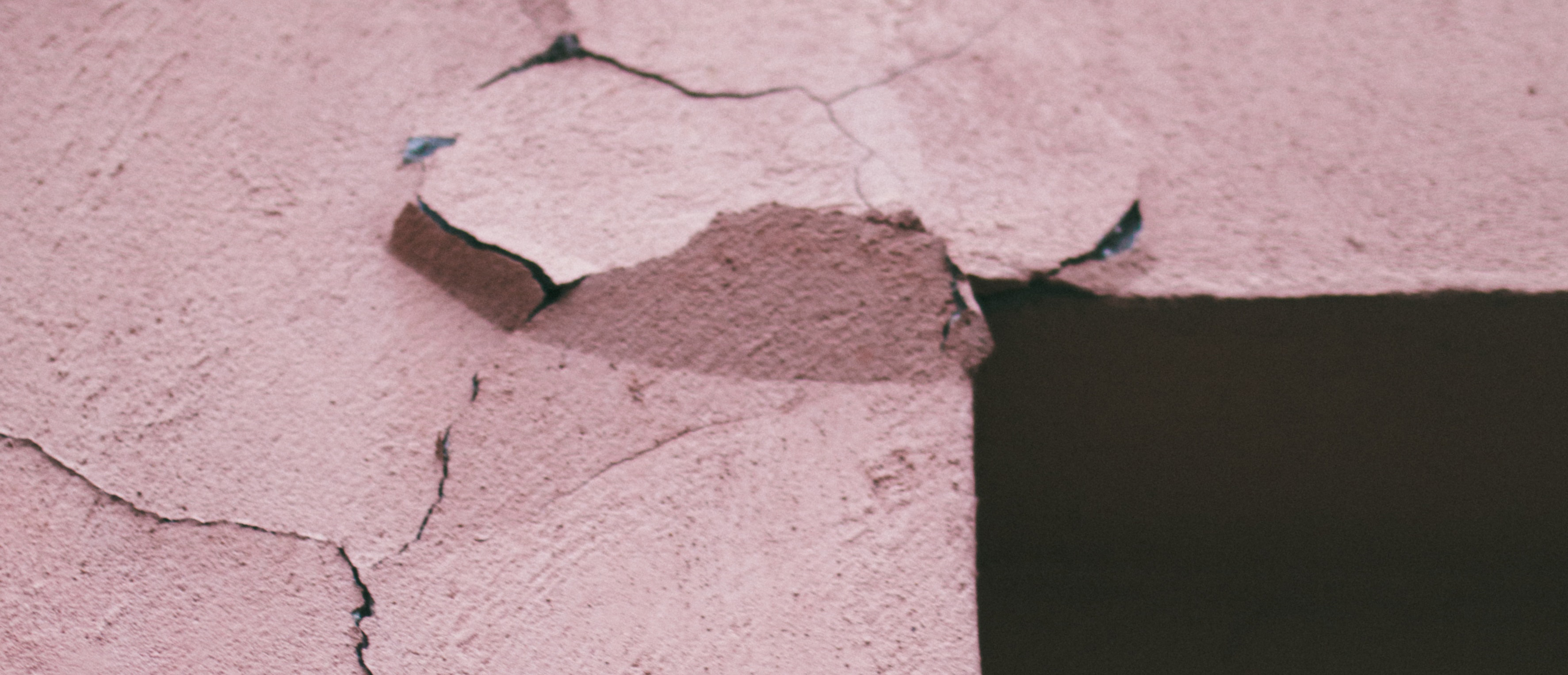Even if you are a very responsible householder, over time, stucco molding begins to break down, no matter how high-quality it is. In this article, we will talk about what causes stucco cracking and when to seek professional help.
Stucco Cracks: What Causes Them?
Stucco cracks are quite an unpleasant phenomenon. But despite this, cracks are inevitable. The siding material in the form of stucco, although durable, is very fragile due to the cement in the composition. Cracks not only spoil the aesthetic appearance of the building but also contribute to its destruction.

Stucco cracks can appear for various reasons, and here are the most common ones:
- Bad mix. If you make a mistake in the preparation of the mixture, then such a plaster will be of poor quality. For example, the cause may be excess water, poor-quality ingredients, incompatible additives, sand, and other factors that spoil the quality. It is important to prepare the mixture only according to a specific technology.
- Wrong application. If you apply the stucco incorrectly, combine incompatible layers, dry it insufficiently, or make other mistakes, then such stucco will crumble sooner or later.
- Weather. Even if you didn't make any mistakes in applying the stucco, cracks can form on it after a while. The reasons for this are weather conditions, for example, temperature fluctuations, periodic changes in humidity, frequent rains, strong winds, and so on.
Unfortunately, even the highest-quality coating eventually becomes unusable and may begin to crack.
Types of Stucco Cracks

Stucco cracks can appear for various reasons, and sometimes, to find out a specific one, it is enough to look at the type of crack. There are various types of stucco cracks, and here are the most common ones:
- Hairline cracks. Typically, hairline cracks are 1/16 inch wide. Even though they are not as bad as wider cracks, these smaller fissures can nonetheless lead to an excessive amount of moisture. Such fissures can have a variety of causes, including changes in temperature and humidity, physical trauma, inadequate material composition, application difficulties, and more.
- Spider cracks. These are thin surface cracks with a depth of 1 mm (sometimes a maximum of 2 mm). Such cracks can occur for various reasons, such as when there was not enough reinforcement, the stucco was applied too thickly, there was too much water in the mortar, or the material dried quickly during application. Spider cracks are called so not by chance since in their appearance they really resemble a web.
- Pattern cracks. The lath, which is often the culprit for the several vertical and horizontal hairline cracks that appear as a grid pattern, is frequently improperly fastened. The lath is loose behind the stucco, which leads to the stucco cracking with time. It's important to understand that pattern cracking could also indicate differential settlement.
How to Choose a Specialist for Stucco Crack Repair?

Your walls can easily leak moisture through any cracks.
Later on, it may cause rotting, structural issues, and expensive repairs. That is why you need to react quickly. Do not self-repair to avoid mistakes. It is best to entrust the cracks in the stucco to specialists.
To choose a reliable specialist who can repair holes in stucco, choose reliable companies with perfect reputations and affordable prices. In Chicago, you can contact 312masonry, INC, a trusted masonry construction company. By working with 312masonry, INC, you will get high-quality results since only certified professionals with rich experience work there.
With 312masonry, INC, you can repair cracks in stucco profitably, quickly, and efficiently.